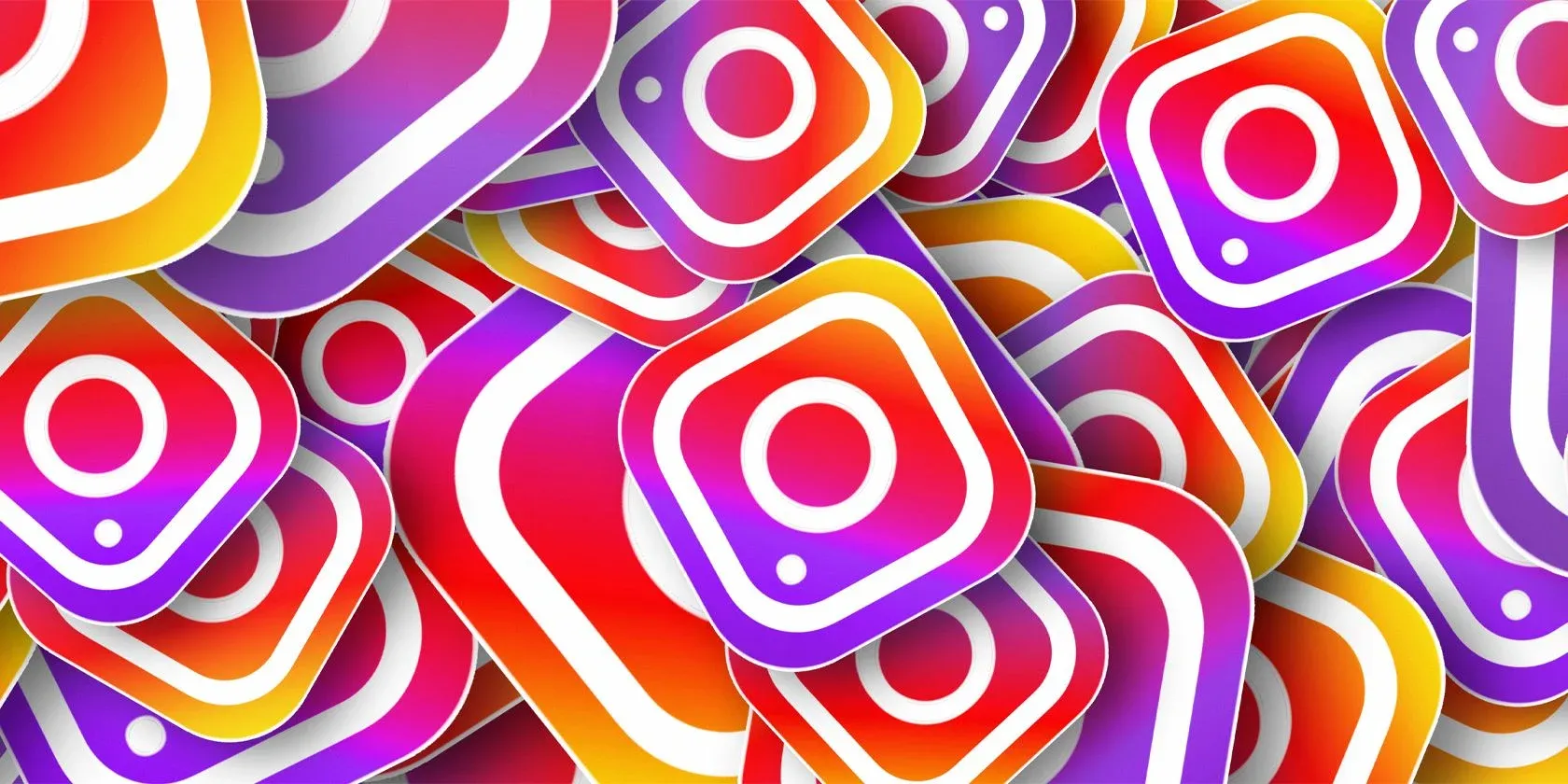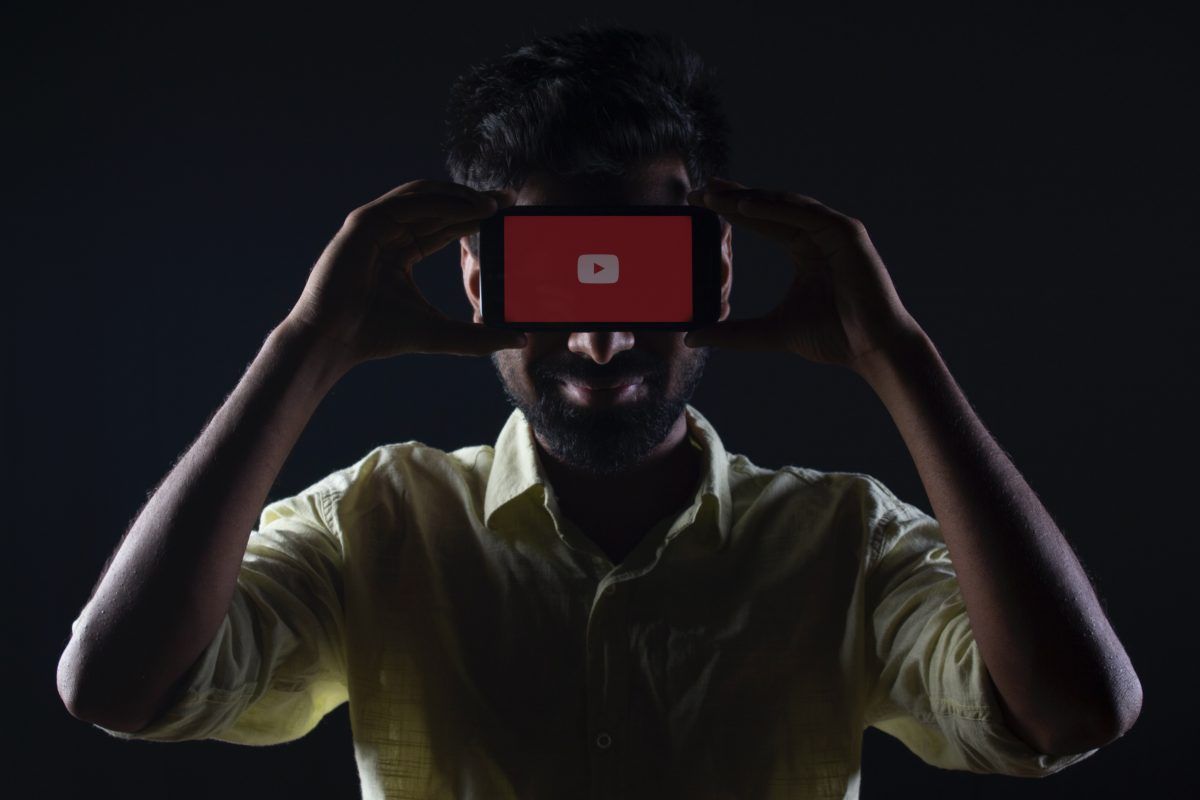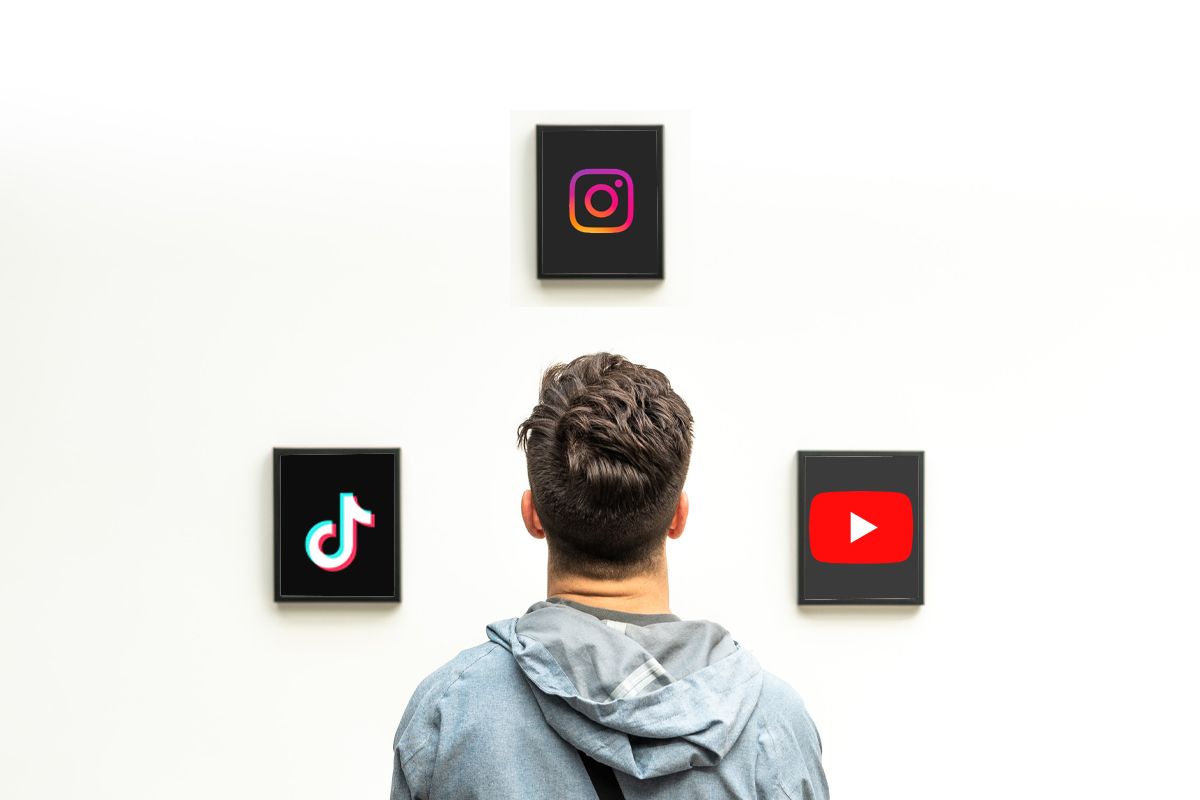Head of Instagram Adam Mosseri has announced that the app no longer focuses solely around sharing photos. Instead, the platform is shifting more of its focus toward creators, video, shopping, and messaging.
Mosseri specifically mentioned TikTok and YouTube as competitors, saying that Instagram needs to pivot if it wants to meet the demands of the market—which is entertainment.
So, what can we expect from Instagram's change in direction. Is this the end of photography on the platform as we know it, or will users simply get more value than before? Let's take a look.
A Pivot in Instagram's Philosophy
In a tweet published in June 2021, Mosseri said the following:
The announcement caused outrage in the photography community, many of whom perceived Mosseri's comments as an abandonment of what Instagram originally became known as.
However, the Head of Instagram posted in a later Tweet:
"To be clear, we're not abandoning photos or photo creators and artists. We're looking at new ways to entertain people. Video is a big part of that, but so are photos."
Judging by what Mosseri has said, it seems like Instagram will seek to become a more rounded platform for entertainment—rather than just a place to share stills.
Below are some of the key things you can expect to change on Instagram in the near future.
1. Instagram Monetization for Creators
The internet and social media have allowed more creators to monetize their content. Since platforms became more accessible, individuals have been able to share their creations with the masses and build huge audiences.
These individuals’ fresh and unique content drove the popularity of YouTube, Tiktok, and Instagram. As such, Instagram wants to support these creators further.
One way it will do this is through Exclusive Stories. This feature is similar to YouTube's Channel Memberships, where—for a monthly fee—followers can access unique content from their favorite creator.
Instagram is also experimenting with Creator Shops to allow creators to sell products on the platform directly.
Moreover, the platform is thinking about creating a native affiliate tool. This would allow creators to share products directly on the profiles, earning commissions from each purchase they drive.
2. Riding the eCommerce Wave
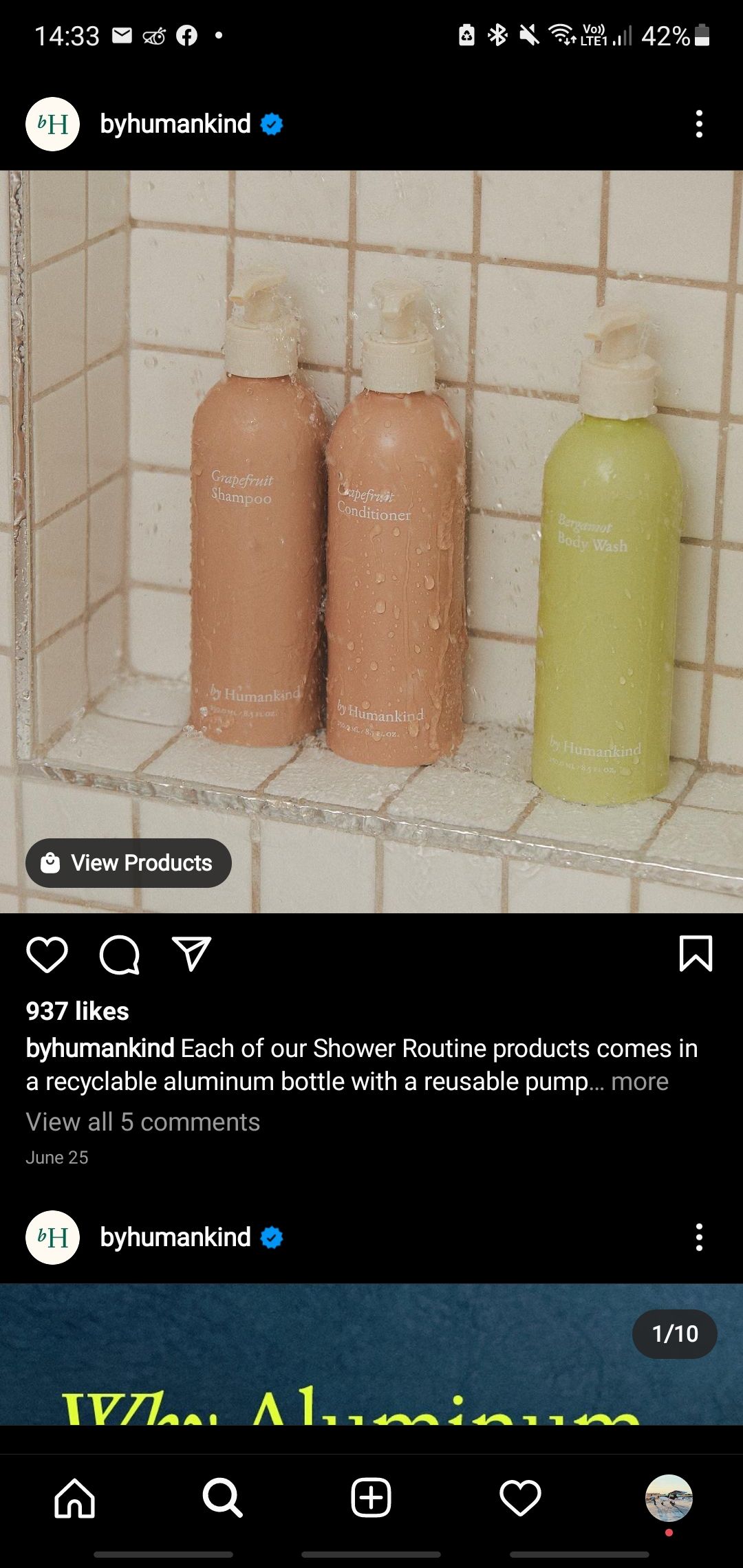
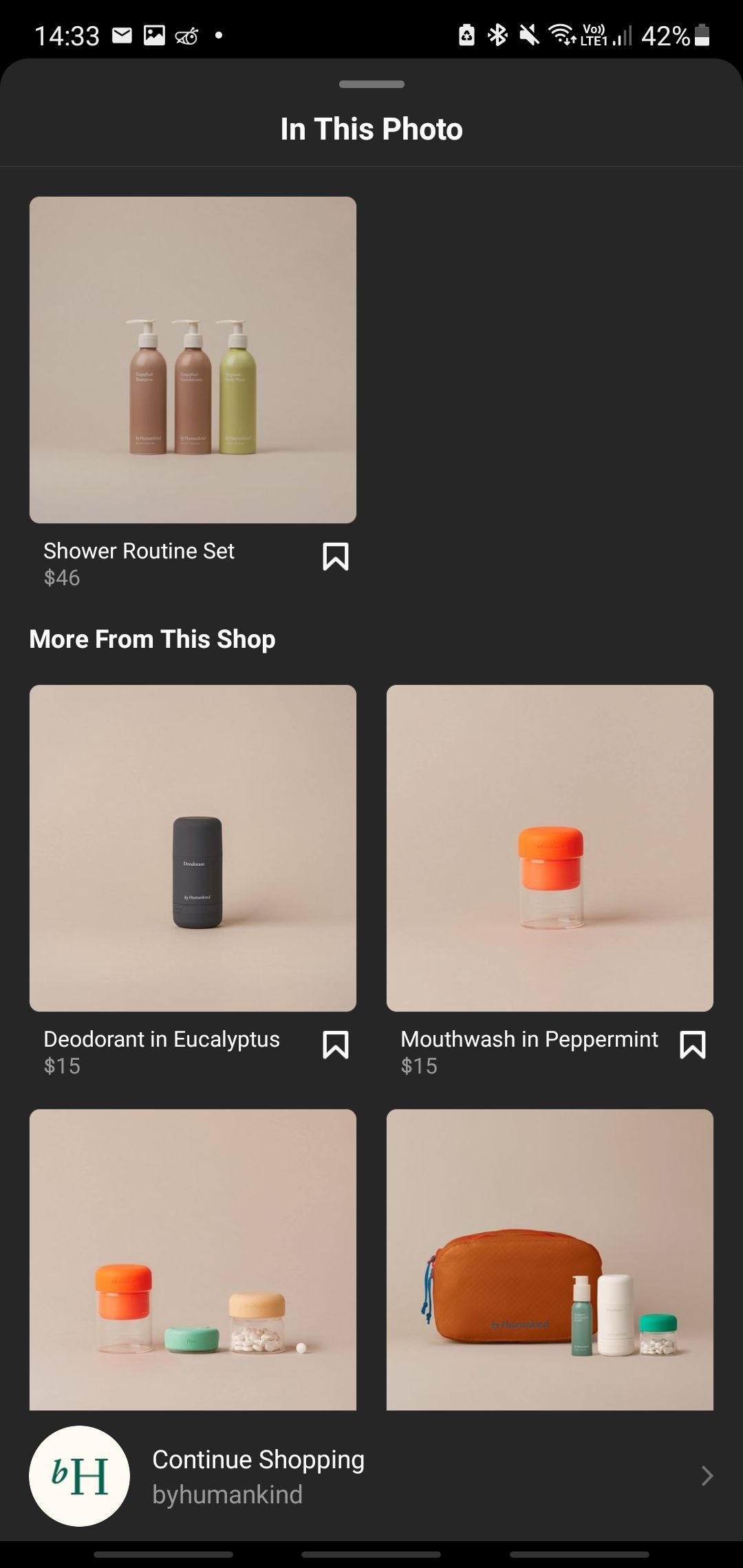
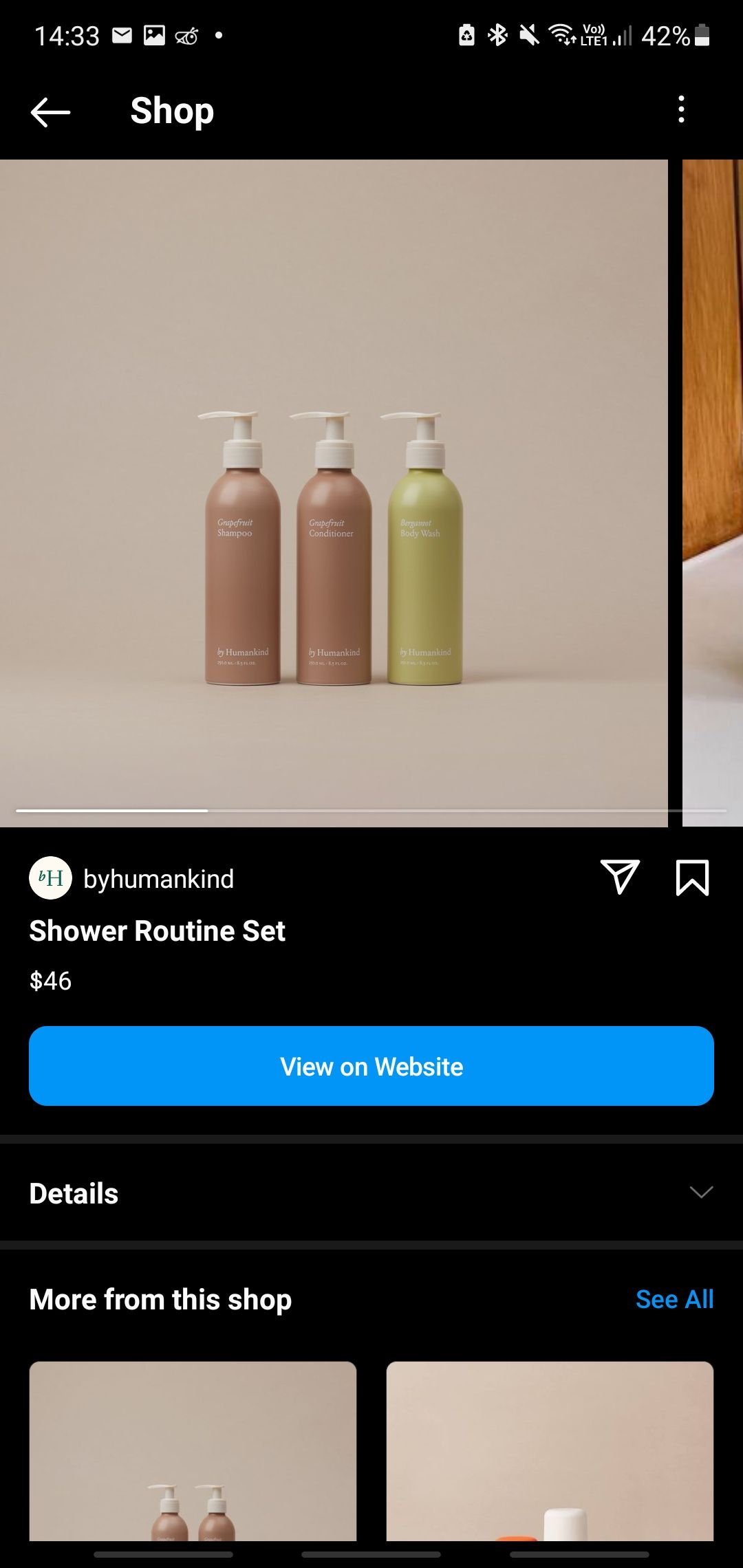
The pandemic moved people’s buying habits from physical stores into the online space. And as online shopping in the US grew by 44% in 2020, according to Digital Commerce 360, Instagram saw an opportunity to get involved.
Before Instagram expanded its shopping capabilities, many businesses used the platform to showcase their products. In effect, their profiles would work as a digital catalog—where users could view what they sold before visiting their website. Now, though, users can shop directly within the app.
With Mosseri's announcement, it seems like the platform is interested in pushing these eCommerce capabilities even further.
3. Taking On TikTok and YouTube
Currently, the king of long-form video content is YouTube. Meanwhile, TikTok has enjoyed a meteoric rise to become the short-form video platform of choice.
Short-form video sharing on posts has been around for a while, and the Stories feature has also become popular. Elsewhere, IGTV intended to challenge YouTube in 2018—and Reels in 2020 was a statement of intent to compete with TikTok.
Since late 2020, Instagram has slowly been putting video content more in the spotlight. You could also see this through the new Watch Together feature on Instagram Chat, which allows two parties on a video call to watch content at the same time.
The Watch Together feature is available when you start a video chat on Instagram through the TV & Movies tab. Now, Instagram’s focus on video content is official. This is what Mosseri had to say about it in his video Tweet that we linked above:
“…we’re also going to be experimenting with how do we embrace video more broadly—full screen, immersive, entertaining, mobile-first video.”
While he hasn’t elaborated on these plans, you can probably expect Instagram to make significant changes in the way they recommend content. But beyond full-screen videos in your feed, it’s anyone’s guess as to what they plan to do.
How Will Instagram's Changes Affect You?
You can expect the changes in the app to be made gradually. After all, Instagram has been making changes and evolving with the times since it began.
Instagram was just a filters app with a bit of photo-sharing on the side when it first started. Now, it’s a major social media platform focused on images and video. Through the years, the changes they made added quality of life improvements.
For the general user, the way you use Instagram probably won't change that much.
How Have Users Reacted to Mosseri's Instagram Announcement?
Many users have expressed concerns that Instagram's push toward video will change how it feels, with alarm bells ringing in many when they perceived the platform to no longer care about photos.
YouTuber and photographer Chris Hau has criticized Instagram in recent months, releasing a video pointing to how many popular Reels originated on TikTok.
In his video, the Canadian also suggested that Instagram needs to do more if it wants to incentivize creators to produce high-quality native content—and via other means than IGTV. Considering that Hau has over 500,000 subscribers at the time of writing, it's probable that Instagram has listened to his thoughts and concerns.
Some photographers in the YouTube space have seen Instagram's latest evolution as an opportunity to grow their following further. One person in this category is "That Icelandic Guy", a Sweden-based content creator from Iceland. He explained that photographers could use video content as an opportunity to show their followers the behind-the-scenes, and let them into their lives a little more.
Another creater called Pat Kay also released a video reacting to Mosseri's tweet. He said that those who don't care about growth and keeping up with trends shouldn't worry too much, and should continue posting as they were before—but that they shouldn't complain about not growing.
On the flip side, Kay also said that those interested in growing on Instagram need to adapt to popular trends. He also argued that some creators feel entitled to certain things, even if they don't meet the market's demands.
Are Instagram’s Photo Days Over Forever?
Instagram's evolution isn't anything out of the ordinary. In truth, the platform has changed several times since it was created—examples including more photo formats and the ability to share content on your desktop.
Mosseri's comments showed that Instagram is doing what every big company needs to do—adapt if it wants to keep up with the latest trends.
Some could argue that Instagram should do more to find a balance between video content and stills. After all, photo-sharing made it famous. But we'll see how the company approaches things after it's had a chance to assess its direction change in action.

